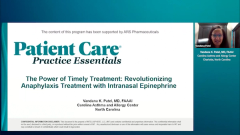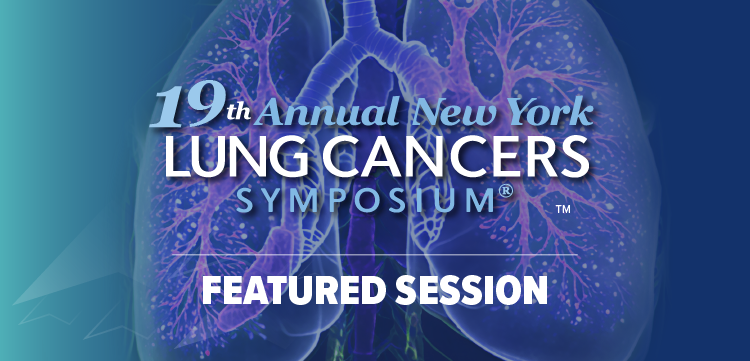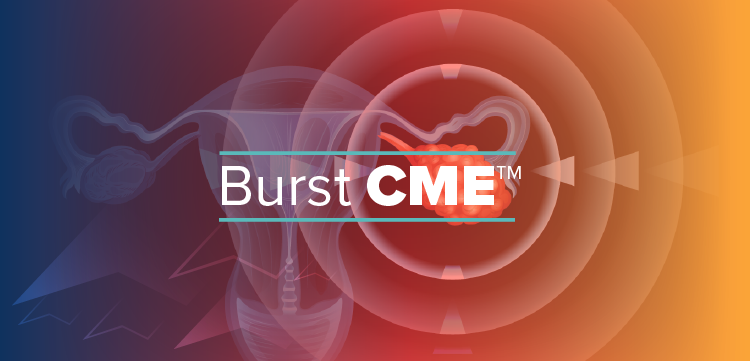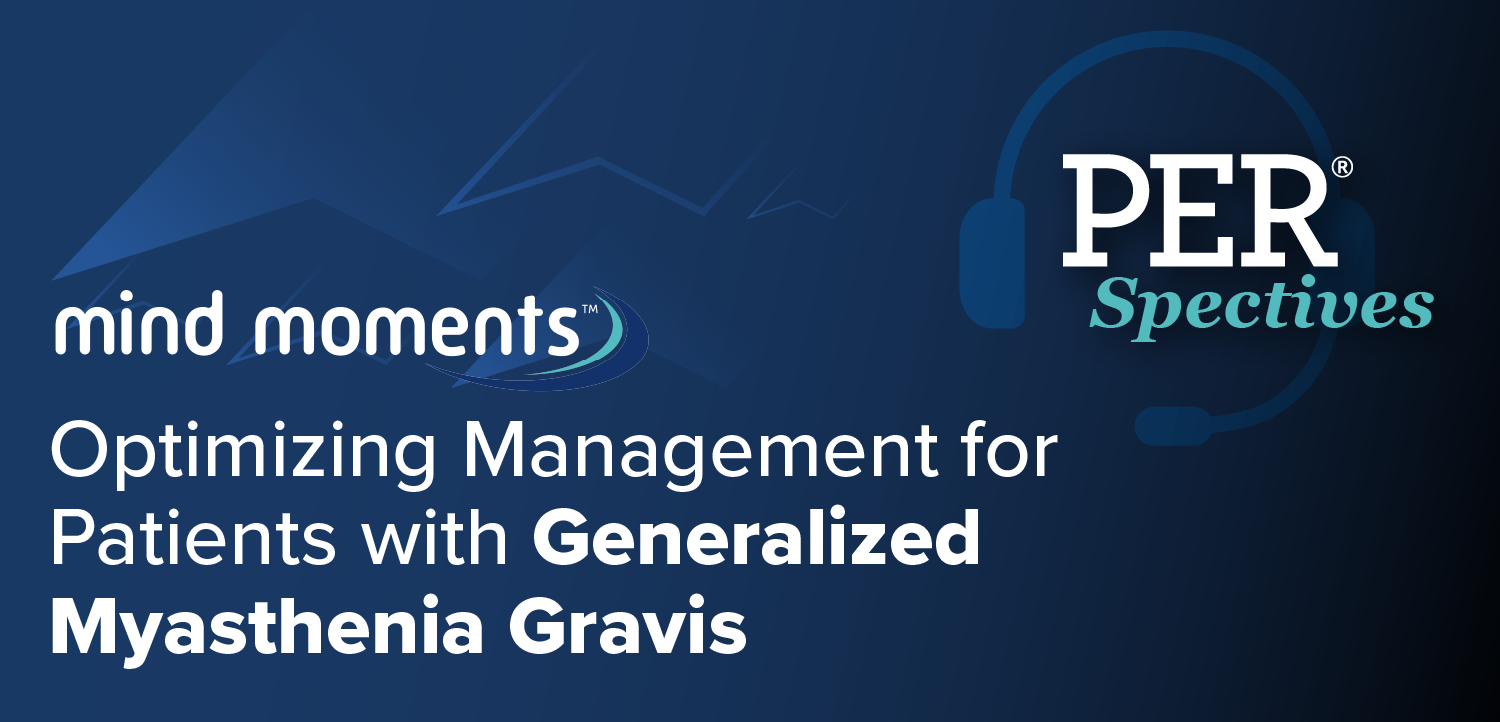
From Insights to Action: Key Takeaways and Final Conclusions on Intranasal Epinephrine
A panelist emphasizes that shared decision-making in anaphylaxis management is essential, combining evidence-based guidelines with individual patient circumstances and preferences—especially regarding newer options like intranasal epinephrine—to ensure timely, confident use while addressing practical concerns, such as access, cost, and education.
Episodes in this series

When discussing epinephrine use and anaphylaxis management with patients, shared decision-making plays a crucial role. Health care providers typically present the current clinical guidelines, which are based on comprehensive reviews and meta-analyses of available evidence. These guidelines not only help inform patients about the best practices but also allow room for personalized decisions based on the patient’s understanding and circumstances. Factors such as proximity to health care facilities, living environment (rural vs urban), and the patient’s age and caregiving context all influence these discussions. For example, subtle signs of anaphylaxis in infants may be missed by day care providers, making access and administration considerations especially important. Overall, shared decision-making balances evidence-based recommendations with individual patient needs and preferences.
Most health care professionals express a strong willingness to discuss newer options for epinephrine administration, such as intranasal formulations, with eligible patients. This open dialogue encourages patients to consider what fits their lifestyle and caregiving situation best. Patients and families are guided to imagine different emergency scenarios, considering who might need to administer epinephrine and whether they would be comfortable with injectable devices or prefer needle-free alternatives. This approach acknowledges that no single solution fits everyone and empowers patients to choose the most appropriate and practical epinephrine delivery method.
Several practical concerns remain as intranasal epinephrine gains wider attention. Issues such as insurance coverage, pharmacy availability, and cost vary by region and provider, but ongoing efforts aim to improve access. Educational initiatives and demonstrations help patients and caregivers become familiar with new devices, promoting confidence and adherence. Despite rare but tragic anaphylaxis deaths, timely epinephrine use prevents severe outcomes, underscoring the importance of patient education and access to suitable epinephrine options. The emphasis remains on making epinephrine readily available and ensuring patients and caregivers feel prepared to use it when necessary.
Newsletter
Enhance your clinical practice with the Patient Care newsletter, offering the latest evidence-based guidelines, diagnostic insights, and treatment strategies for primary care physicians.





























































































































































































































































































